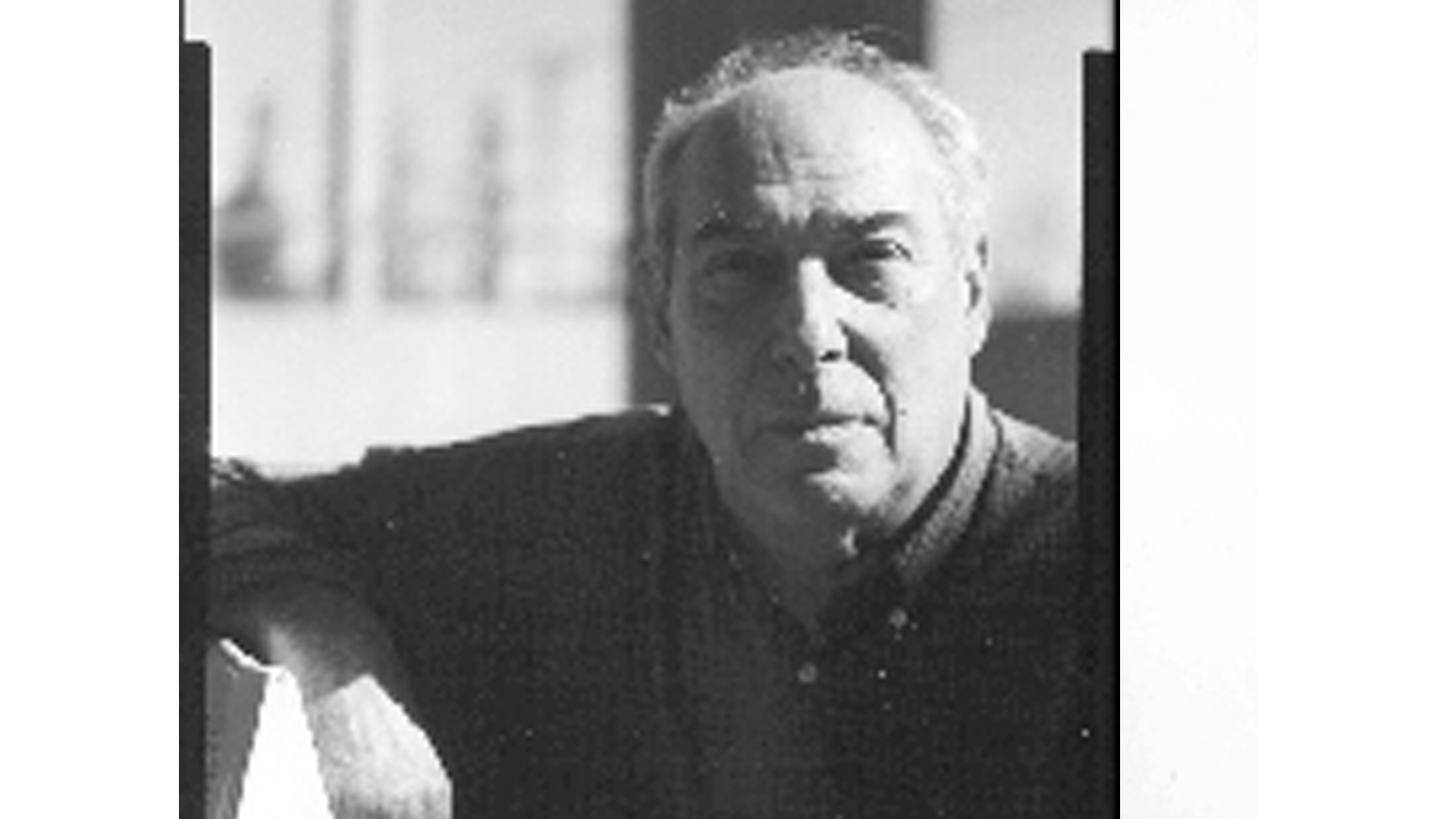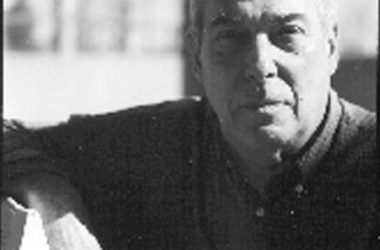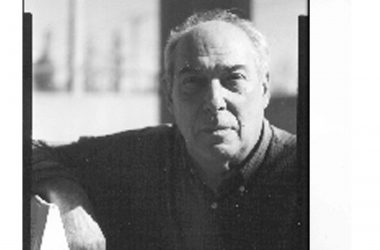By Noel Ignatiev
Russell Banks described John Brown as the one figure in American history all blacks think is a hero and all whites think is crazy. With appropriate qualification of “all”—many people, black and white, have not heard of him—I think Banks was right, and his statement is important.
Over the years I have done a fair amount of reflecting on Brown. He and Wendell Phillips are my favorite figures in American history. Together they represent the two aspects of revolutionary practice, the deed and the word. As a talker, I identify more with Phillips than with Brown. (I edited a book of Phillips’s speeches, called Lesson of the Hour. The title was taken from the speech Phillips gave November 1, 1859, two weeks after Brown’s raid on Harpers Ferry. The book was published by Charles H. Kerr, but due to a glitsch anyone who orders it through amazon will receive something else; so far as I know, it can only be ordered through AK Press. Too bad, because it is a good book, and the only generally available (?) collection of Phillips’s speeches.)
While Brown and Phillips are often posed as opposites—“Talk, talk, What’s needed is action,” Brown is reported to have said as he walked out of an Abolitionist meeting in which Phillips no doubt was prominent—here I wish to question the contrast as it is usually posed, and to argue that Brown’s main impact was intellectual, not physical.
As readers know, Brown and his men captured the arsenal, but instead of withdrawing in a timely fashion, they allowed the government time to bring in additional troops, and most, including Brown himself, were taken. (Extended parenthesis: Could Brown’s plan have worked? Du Bois seemed to think so, and that it failed for accidental reasons, including bad luck—“poor execution,” as they say in football. I don’t know: There may have been a relation between Brown’s failure to withdraw while he still could and his unwillingness to do so out of a wish not to abandon slaves in the surrounding area who rallied to his cause; after all, he had told Douglass that he expected “the bees to swarm.”)
If it failed to accomplish its military objective, the raid succeeded beyond expectations in other ways. For the six weeks between the raid and his hanging on December 2, Brown was the focus of national attention. Millions, including many who thought his act ill-advised, cheered his courage and acknowledged sympathy for his goal. A popular writer, Lydia Maria Child, offered to go to Virginia to nurse him. The wife of a Senator from Virginia undertook to engage Child in a debate on the merits of the northern and southern systems. Attempting to show the ties of affection between slaves and masters, she referred to the custom among plantation mistresses of nursing their slaves through childbirth and illness. Child replied that in New England as well the more privileged women customarily assisted the less privileged; the difference was that “after we have helped the mothers, we do not sell the babies.” The exchange was reprinted in papers across the country. The defenders of slavery were routed; Thoreau declared Brown the reincarnation of a seventeenth-century Puritan hero; Emerson said his hanging would make the gallows as glorious as the cross.
Phillips hailed Brown, not as a military leader but as a master of the word. In his November 1 speech he said, “Connecticut has sent out many a schoolmaster to the other thirty States; but never before so grand a teacher as that Litchfield-born schoolmaster at Harpers Ferry, writing as it were upon the Natural Bridge, in the face of nations, his simple copy, ‘Resistance to tyrants is obedience to God.’”
Not only did he hail Brown, he recognized the importance of what Brown had done. In a speech at Brown’s graveside on December 8, Phillips said Brown had “abolished slavery in Virginia. You may say this is too much… History will date Virginia Emancipation from Harpers Ferry. True, the slave is still there. So, when the tempest uproots a pine on your hills, it looks green for months—a year or two. Still, it is timber, not a tree.”
Brown, he said, had “startled the South into madness.” He was right. The slaveholders reacted with fury to the raid: they imposed a boycott on northern manufactures, demanded new concessions from the government in Washington, and began preparing for war.
When they sought to portray Brown as a representative of northern opinion, southern leaders were wrong; he represented only a small and isolated minority. But they were also right, for he expressed the hopes that still persisted in the populace despite decades of cringing before the slaveholders. The South did not fear John Brown and his small band of followers, but rather his soul that would go marching on, though his body lay a mould’rin’ in the grave. When the South sought to bully northern opinion, it did so not out of paranoia but out of the realistic assessment that only a renewal of the national proslavery vows could save their fragile system. By the arrogance of their demands, the slaveholders compelled the people of the north to resist.
“If the telegraph speaks truth,” declared Phillips in 1860, “for the first time in our history the slave has chosen a President of the United States,” adding, “John Brown was behind the curtain.” But for the national discussion touched off by Harpers Ferry, it is possible Lincoln would not have been elected. But for Lincoln’s election, the Civil War would not have broken out when it did. And so the weapon of criticism gave way to the criticism of weapons.
Brown was more important as a wielder of the weapon of criticism than he was the criticism of weapons.
Let us consider the other side, and look at Phillips not as a talker but a man of action.
Shortly after the 1840 convention the Abolitionists, denouncing the Constitution as a “covenant with death,” began a campaign to get the north to secede from the Union. This was not a quixotic effort to remain uncontaminated by association with slavery, but the expression of a conscious strategy. The Abolitionists took seriously their assertion that the north, through its military backing, was the true upholder of slavery. By taking it out of the Union, they hoped to free it from the need to enforce the Fugitive Slave Law. “All the slave asks of us,” declared Phillips, “is to stand out of his way, withdraw our pledge to keep the peace on the plantation; withdraw our pledge to return him,… and he will right himself.” The slogan “No Union with Slaveholders” translated itself at every Abolitionist rally into a pledge never to send back the fugitive slave who set foot on free territory. The Abolitionists did not limit themselves to agitation; whenever possible they tried to rescue fugitives from the law. Phillips wrote in 1851:
The long evening sessions—debates about secret escapes—plans to evade where we can’t resist—the door watched that no spy may enter—the whispering consultations of the morning—some putting property out of their hands, planning to incur penalties, and planning also that, in case of connection, the Government may get nothing from them—the doing, and answering no questions—intimates forbearing to ask the knowledge which it may be dangerous to have—all remind me of those foreign scenes which have been hitherto known to us, transatlantic republicans, only in books.
When Garrison stood up at a public meeting on the Fourth of July, 1854 and burned the Constitution, he was making more than a symbolic gesture. He was seeking to resist official authority, not merely oppose it, and to thwart its operation. In the twentieth century it would become known as a strategy of dual power.
The Abolitionists have often been described as pacifists, and formally many were, but the term conceals more than it reveals. As C.L.R. James noted, “They took part in the rescue of fugitive slaves, not only by underground methods but in open defiance of all authority,” and “the violence of the polemic, the attack without bounds upon everything that stood in the way, the unceasing denunciations of slave property, the government, the constitution, the laws, the church was in itself a repudiation of pacifism.” When, in 1849, Frederick Douglass made a speech calling for slave insurrection, the Liberator published it in full. When antislavery forces sent arms to free-state settlers in Kansas, Garrison asked, “If such men are deserving of generous sympathy, and ought to be supplied with arms, are not the crushed and bleeding slaves at the South a million times more deserving of pity and succor? Why not, first of all, take measures to furnish them with Sharp’s rifles?” At a meeting after the death of John Brown, Garrison declared himself still a non-resistant, and asked how many others were. Only one hand went up in the audience of three thousand. Garrison then replied, “as a peace man—an ‘ultra’ peace man—I am prepared to say: ‘Success to every slave insurrection at the South, and in every slave country.’” Strange words for a pacifist.
Above all, the Abolitionists were revolutionaries. Again quoting James, “they were willing to tear up by the roots the foundation of the Southern economy and society, wreck Northern commerce, and disrupt the Union irretrievably… They renounced all traditional politics… They openly hoped for the defeat of their own country in the Mexican War… They preached and practiced Negro equality. They endorsed and fought for the equality of women…”
The Abolitionists sought no rewards, counting their wages in beatings, stonings, and mobbings. On one occasion when the Mayor of Boston pleaded with a meeting of Abolitionist women to disband because he was unable to protect them from a mob, Maria Weston Chapman, probably the person most responsible for directing the day-to-day work of the movement, refused, declaring, “If this is the last bulwark of freedom, we may as well die here as elsewhere.” On another occasion Phillips, ignoring a barrage of hurled missiles, leaned forward and began speaking softly to the journalists in the first rows, thus quieting the howling mob that had drowned out his voice. James summed them up as a “clearly recognizable replica of the early Christians, the Puritans, and later the early Bolsheviks.”
If, as with Brown, acting was a form of speech, so with Phillips and the other Abolitionists, speech was a form of acting. The deed is the word, and the word is the deed. Sometimes—it is important to bear this in mind—the deed is the most effective word, heard when nothing else will be; other times the word is the most effective deed.
There is a book, Fire on the Mountain by Terry Bisson. The book is set in the present; its premise is that John Brown’s raid succeeded, that he pulled together a band of runaway slaves and abolitionists in the Blue Ridge Mountains who waged war against the slaveholders, established a liberated area and overthrew slavery. I liked the book, but was struck by its timidity (in spite of its bold premise): In the book the south is liberated while the north is more or less as we know it. To me it is inconceivable that such great changes could have taken place in the south without fundamentally affecting the north, and even the whole world. In my opinion, the writer failed to give sufficient weight to the power of the deed as a weapon in changing minds and opening new possibilities.
There is a history by William W. Freehling, called The Road to Disunion. The two volumes cover the years from 1776 to 1861, tracing how a small band of “fire-eaters” (proponents of secession) were able to pull the entire south after them by effective use of word and deed. It talks about how northern reactions to the words and deeds of the fire-eaters played a role in pushing moderate southerners into the arms of extremists. It is a manual, from the other side, of how to make a revolution. I hope to review it at some point.



